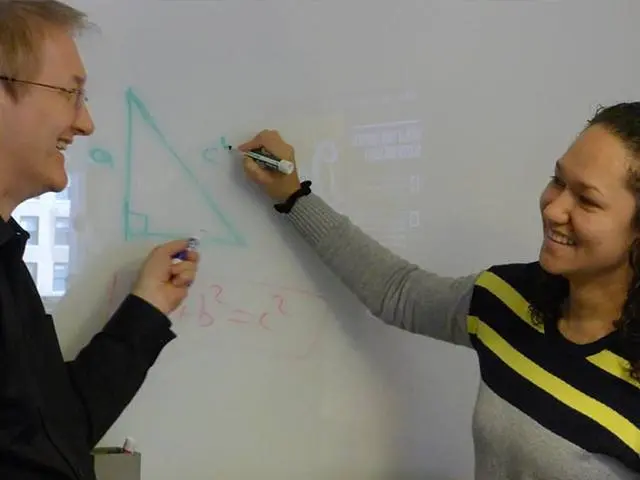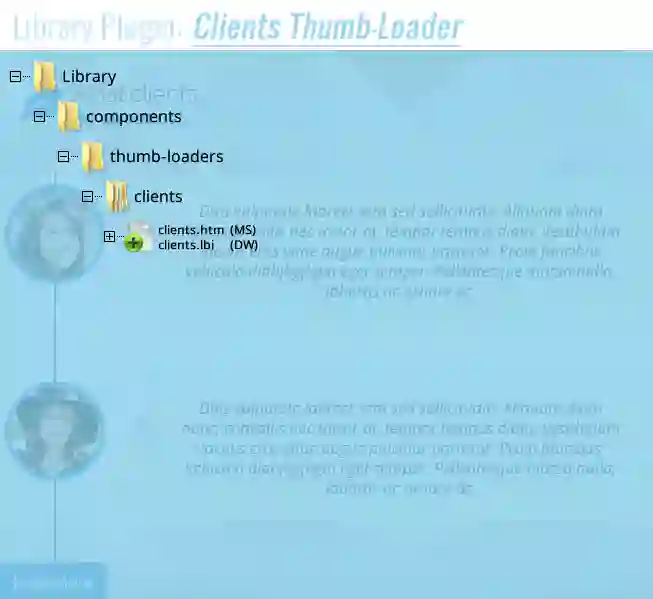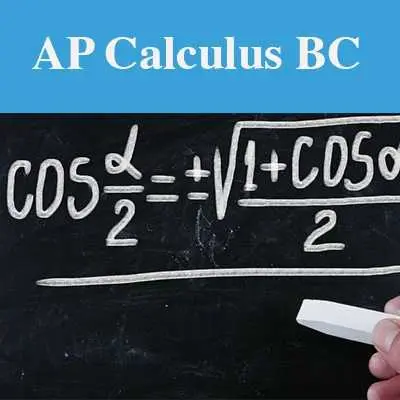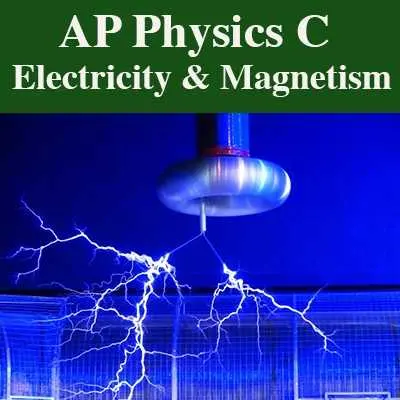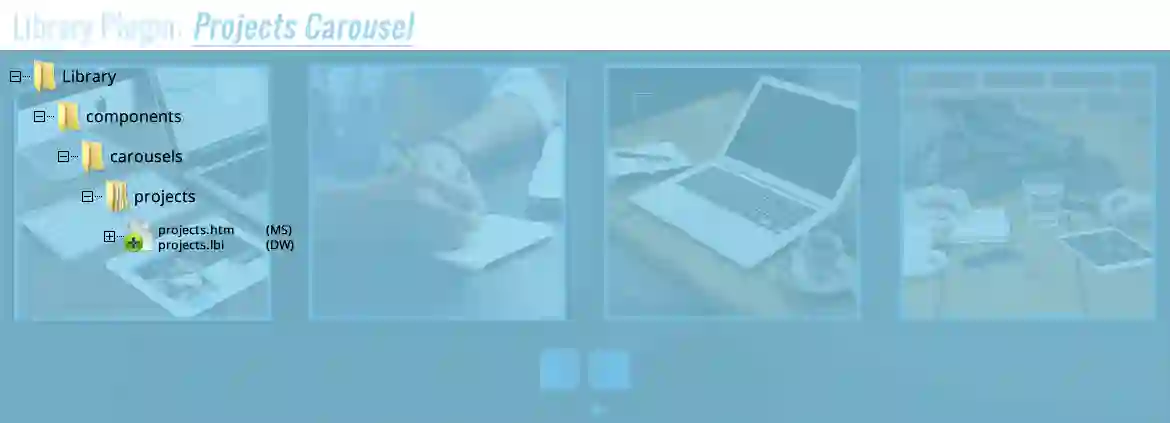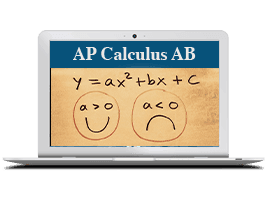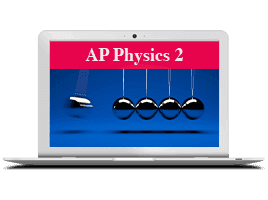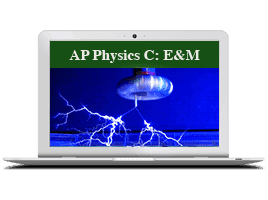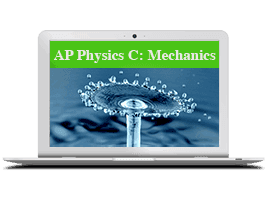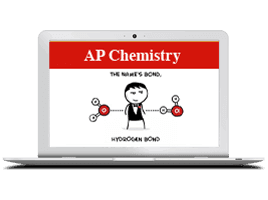AP Physics 1: Algebra-Based Test

The AP Physics 1: Algebra-Based Test measures your understanding of the Common Core Learning Standards for basic Physics. You will be permitted to use a graphing calculator on all AP Physics 1 exam sections. You will also be supplied with a table of equations commonly used in physics. The exam is three hours long and contains 55 questions divided into two sections: Multiple-Choice and Free-Response.
The Multiple-Choice section last 90 minutes and contains 45 single-select questions, each followed by four possible responses, only one of which is correct. There are also five multi-select questions which require two of the listed answer choices to be selected to answer the question correctly.
The Free-Response section last 90 minutes consists of five multi-part questions, which require you to write out your solutions, showing your work. There will be one experimental design question, one qualitative/quantitative translation question, and three short answer questions (requiring a paragraph-length argument).
You should be familiar with the following topics:
i. Kinematics
ii. Dynamics: Newton’s laws
iii. Circular motion and universal law of gravitation
iv. Simple harmonic motion: simple pendulum and mass-spring systems
v. Impulse, linear momentum, and conservation of linear momentum: collisions
vi. Work, energy, and conservation of energy
vii. Rotational motion: torque, rotational kinematics and energy, rotational dynamics, and conservation of angular momentum
viii. Electrostatics: electric charge and electric force
ix. DC circuits: resistors only
x. Mechanical waves and sound.

